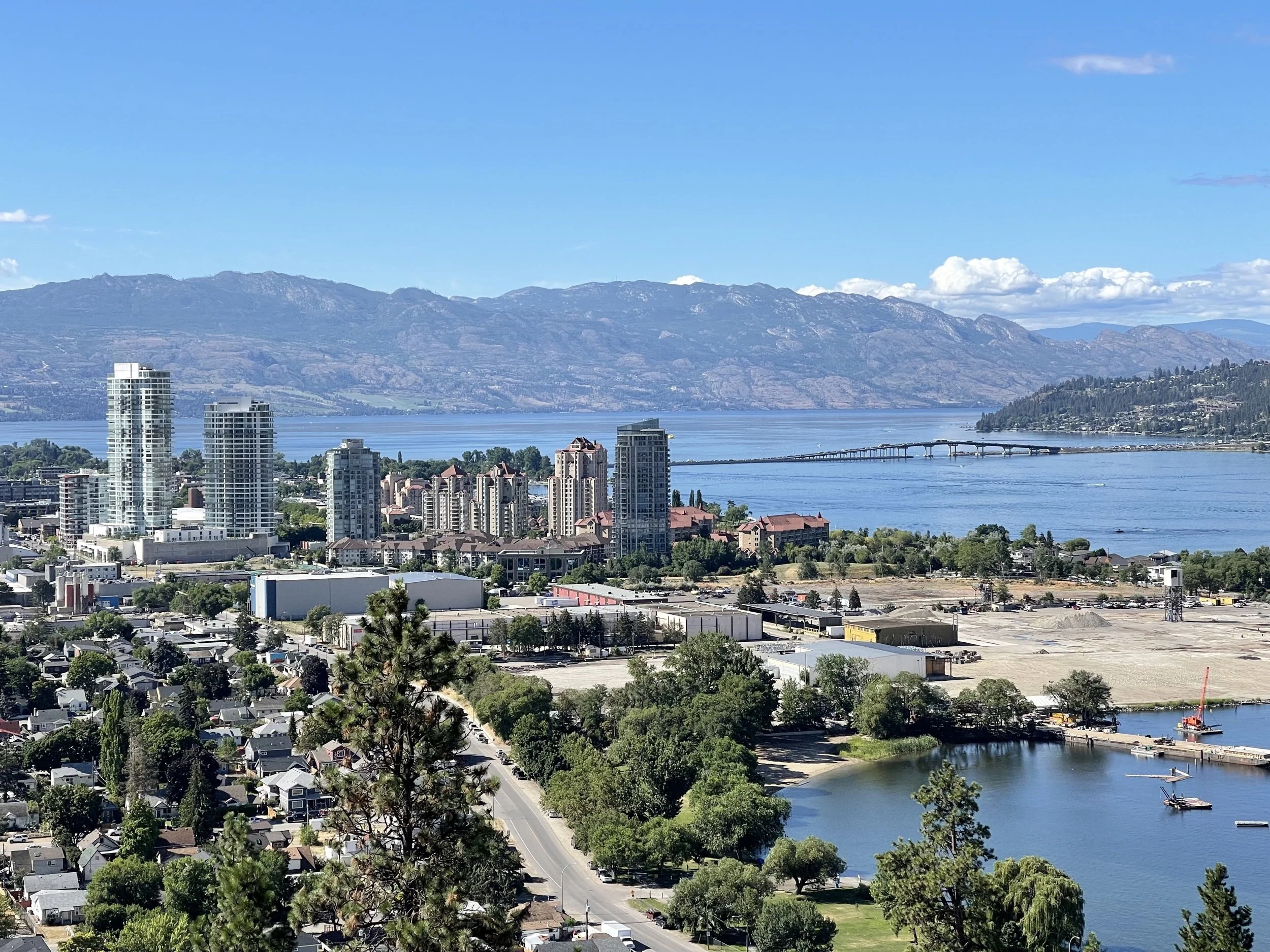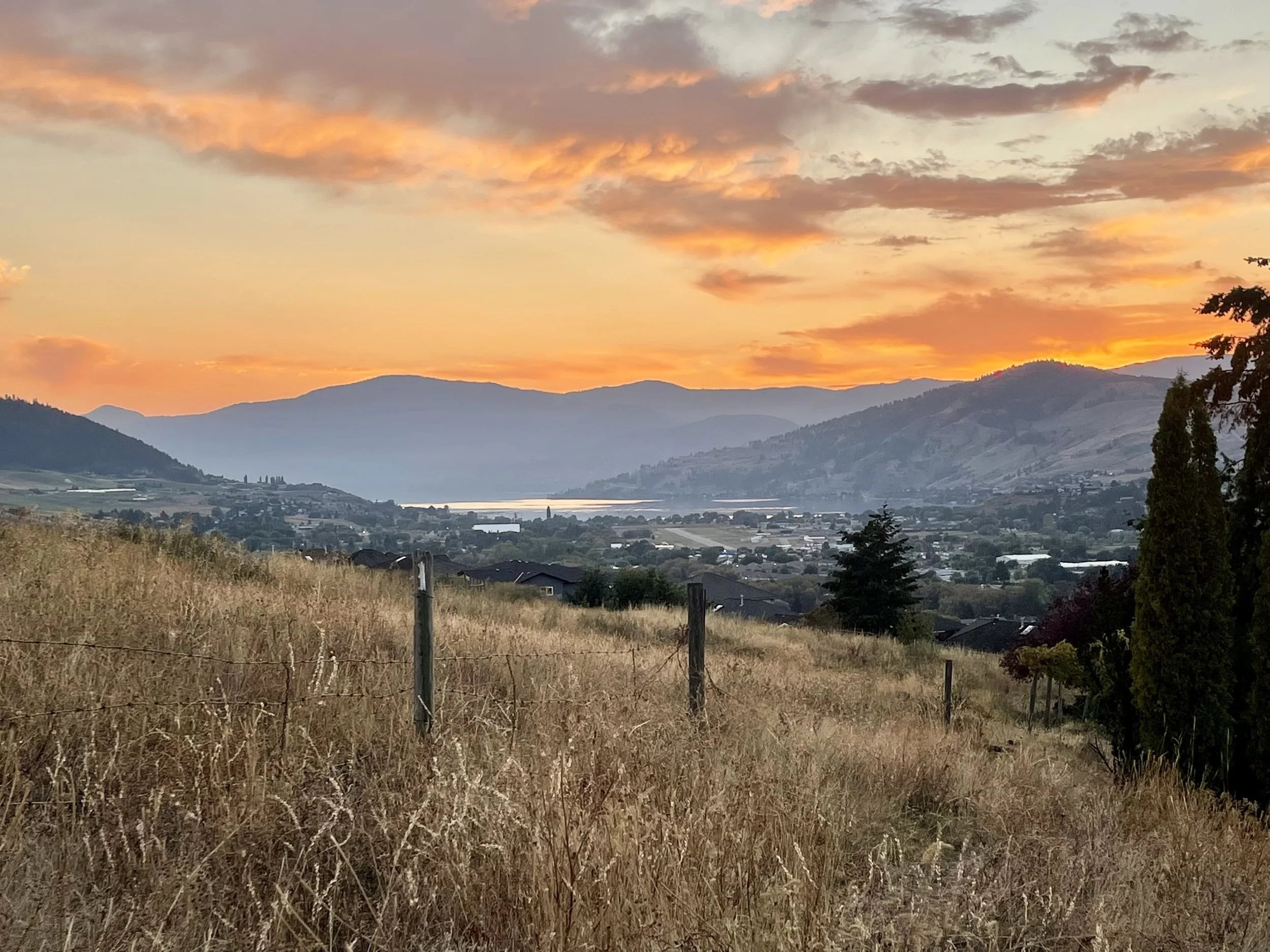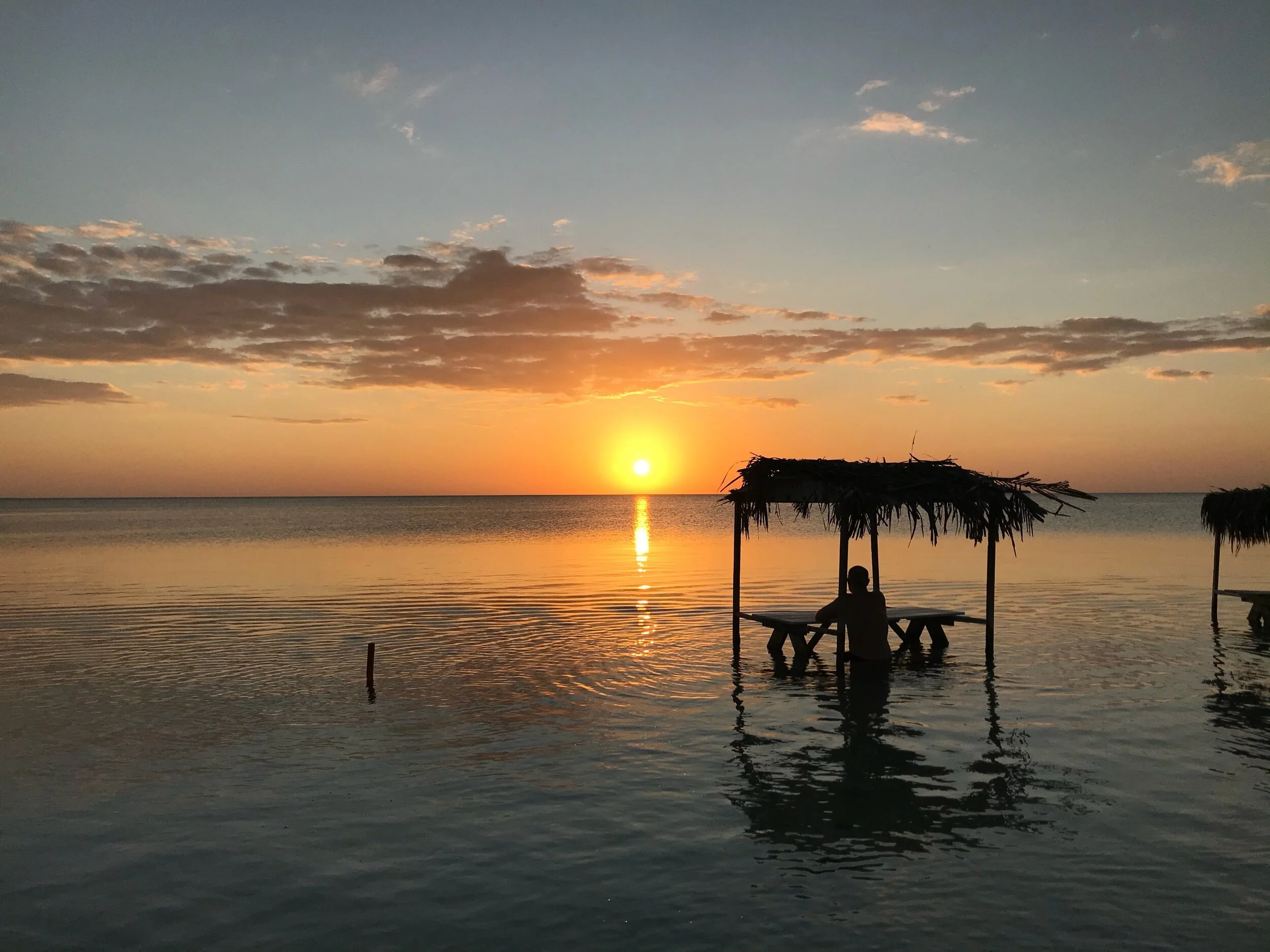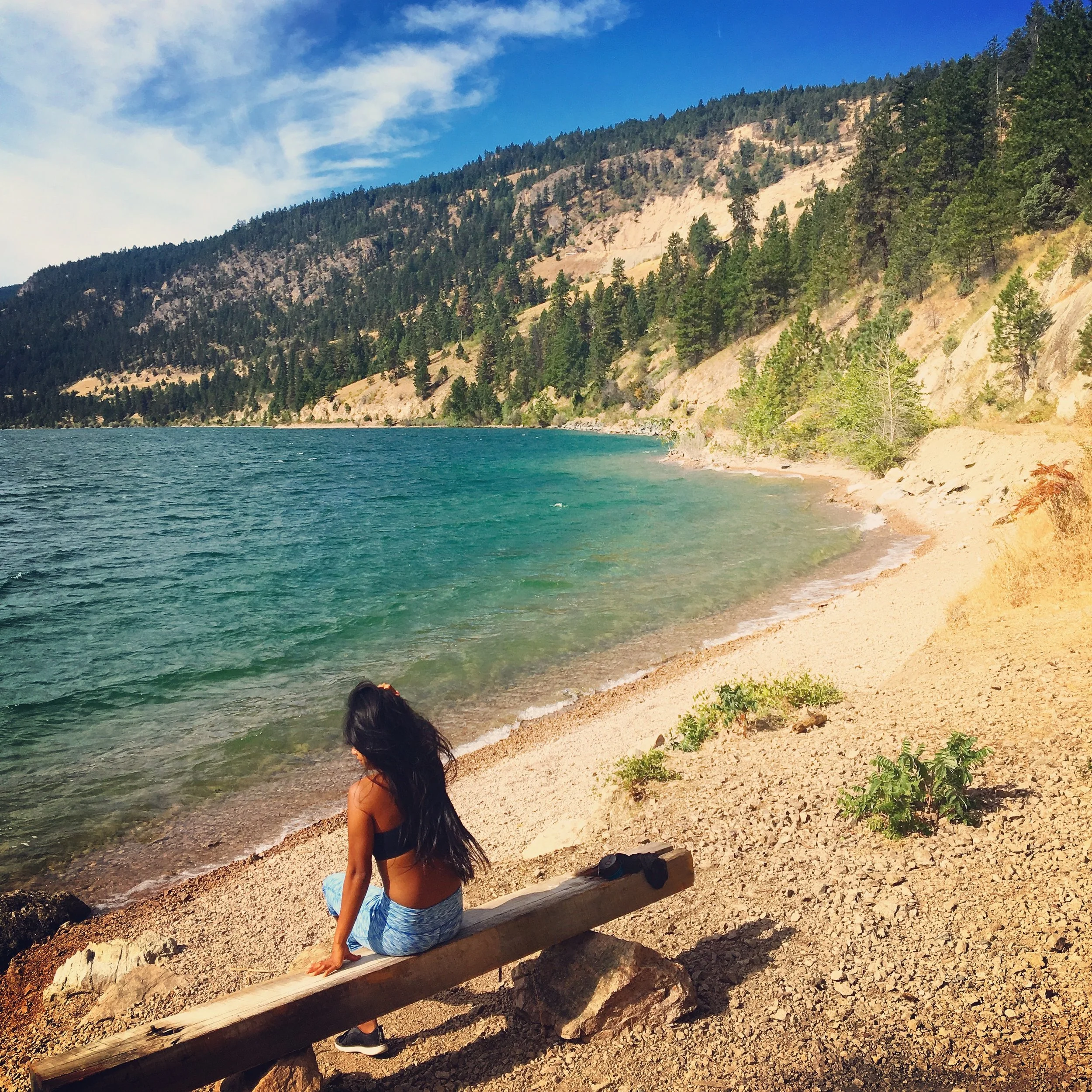A Great Attraction in Every Province of Canada
About Canada
Canada is a vast and massive land and is in fact the second-largest country in the world, but only in terms of land area and it has a relatively low population given its large size. There are many great attractions in Canada and so much to see and explore. Being such a big country means many differences in landscapes, climates, wildlife, culture, and even languages. One could have a lifetime full of adventures just by staying within Canadian borders. With so many things to do and places to see it is hard to pick the best vacation destinations and of course, we didn’t get everyone’s favorite spot, but we managed to pick some of the most famous and popular places that each Canadian province has to offer.
Enjoy “A Great Attraction in Every Province of Canada”
Exploratory Glory YouTube Channel
Joffre Lakes, British Columbia
Joffre Lakes, British Columbia, Canada
British Columbia offers up some of the most stunning scenery that the world has to offer, but Joffre Lakes, in particular, takes this spot because of its super easy access. In only 5 minutes you will hit, one of three lakes, the first lake is called Lower Joffre Lake, which is stunning. As you keep going up the trail you will eventually reach Middle Joffre Lake and then you will continue hiking along the trail past a gorgeous waterfall that connects Upper and Middle Joffre Lakes. Shortly after that, you will reach the most gorgeous of the three and that is Upper Joffre Lake. Here you will experience breathtaking views of Matier Glacier.
Banff and Lake Louise, Alberta
Lake Louise, Alberta, Canada
Banff and Lake Louise for most people don’t really need an introduction, as they already have a world-renowned reputation for being truly amazing. High in the great Rocky Mountains of Alberta lay this gift from Mother Nature known as Banff. The park offers visitors beautiful glacial lakes, a quaint mountain village, and unique wildlife, and is actually Canada’s first national park. Lake Louise in particular has become quite a tourist destination and is well known for its turquoise blue water.
Grasslands National Park, Saskatchewan
Grasslands National Park, Saskatchewan, Canada
Now we head past the Rockies into the wide-open spaces that we call the Canadian Prairies. Grasslands National Park in Saskatchewan provides a harsh, but picturesque landscape with a windswept facade that provides a niche for some of the areas unique animals such as; bison, pronghorns, grouses, burrowing owls, coyotes, hawks, foxes, elk, wolverines, rattlesnakes, ferrets, and greater short-horned lizards.
Churchill, Manitoba
Polar Bears in Churchill, Manitoba, Canada
Churchill, Manitoba is a place that is known as “the Polar Bear Capital of the World”, and believe it or not, that is exactly what draws in the majority of tourists who come to this remote place. With a subarctic climate and very short summers, Churchill is not your typical flip-flop paradise. Visitors can view polar bears up close in specially modified vehicles that were designed for viewing the dangerous wildlife that exists in Churchill.
Tobermory, Ontario
Tobermory, Ontario, Canada
Perfectly situated at the tip of the spectacular Bruce Peninsula, Tobermory, Ontario is an amazing little lakeside town that is surrounded by crystal clear waters that resemble something you would see in the Caribbean.
The Tobermory area offers visitors an unparalleled Canadian experience with its picture-perfect landscapes. The Niagara Escarpment, with its majestic towering cliff, provides a background to some incredible vistas that can be seen only in this region. The Bruce Trail also has some of the best hiking on the peninsula.
Quebec City, Quebec
Quebec City, Quebec, Canada
Very few places in Canada provide as much historical and architectural value as Quebec City does. The city’s dramatic surroundings enhance its overall appeal, with postcard views of the St Lawrence River. The streets give off a strong French European vibe and sometimes you forget you are still in Canada and not somewhere in France. The city’s historic downtown core is not like anywhere else in North America, with its gorgeous old stone buildings tucked inside its medieval town walls.
The main language and culture of the region is French, dating back to when France ruled many parts of North America. In Quebec City, only 1.5% of the city speaks English as a first language and when you travel out into the countryside French dominates and many people don’t speak English at all.
Bay of Fundy, New Brunswick
Bay of Fundy, New Brunswick, Canada
The Bay of Fundy is one of the 7 wonders of North America and possesses the highest tides on earth. The Bay of Fundy is located exactly halfway between the equator and the north pole on the east coast of Canada. Water levels rise and fall around 48 feet every single day. These incredible tides have naturally carved out dramatic shapes into the surrounding cliffs. The bay is of course well known for its unique tides but is also known for its dinosaur fossil discoveries and its whale-watching attractions.
Cape Breton Island, Nova Scotia
Cape Breton, Nova Scotia, Canada
Rugged and wild, can perfectly describe this magical region of Nova Scotia, Canada, known as Cape Breton Island. Probably most popular for its scenic coastal road called the Cabot Trail. The trail is a 297 km road that takes drivers around the edge of Cape Breton Highlands National Park and through some of the most awe-inspiring landscapes, you’ll ever see in your lifetime.
Confederation Trail, Prince Edward Island
Confederation Trail, Prince Edward Island, Canada
The Confederation Trail on Prince Edward Island, Canada was developed after the closure of the Island’s railway system. A 470 km trail with beautiful rolling hills, quaint little villages, and gorgeous seascapes, the Confederation Trail is the jewel of Prince Edward Island and can take you from one end of the province to the other.
Gros Morne National Park, Newfoundland and Labrador
Gros Morne National Park, Newfoundland and Labrador, Canada
Gros Morne National Park is a massive 446,000-acre swath of land set aside by the Canadian government and for good reason. Surrounded by immense granite mountains whose tips touch the clouds and impressive fjords below, Gros Morne has no shortage of jaw-dropping scenes. The name Gros Morne is French for “Big Miracle” and it seems to be no surprise why they would have chose that name.
Baffin Island, Nunavut
Baffin Island, Nunavut, Canada
Baffin Island, Nunavut is the world’s fifth-largest island behind only Madagascar, Borneo, New Guinea, and Greenland. Subarctic temperatures make this region one of the harshest places to try to carve out a living, but not surprisingly the human-animal figured it out and Inuit Peoples have survived here for many millennia. Baffin Island has half a million square kilometers of barren wilderness and a population of only around 17,000. Iqaluit is the territory’s capital and the only city in Nunavut, Canada. Baffin Island will provide visitors with a feeling of solitude and isolation like nothing they’ve ever felt before.
Whitehorse, Yukon
Whitehorse, Yukon, Canada
Whitehorse is the capital of Canada’s Yukon Territory and is home to just under 30,000 people, which is basically the entire population of the Territory.
People who live in Whitehorse are generally those who treasure Mother Nature and are outdoorsy types, so much so that they have made laws in the city that prevent tall buildings from blocking the views of the surrounding mountains. Whitehorse is the perfect gateway to adventure providing visitors with vast lands, which are teeming with wildlife and crisp freshwater lakes that are too numerous to count.
Yellowknife Northwest Territories
Yellowknife Northwest Territories, Canada
Yellowknife in the Northwest Territories, Canada has some of the best views of the natural phenomenon known as “Aurora Borealis”, also called “the Northern Lights”. Leaving Yellowknife you immediately step into an immense wilderness area of undeveloped and unexplored land that is truly hard to wrap your head around.























